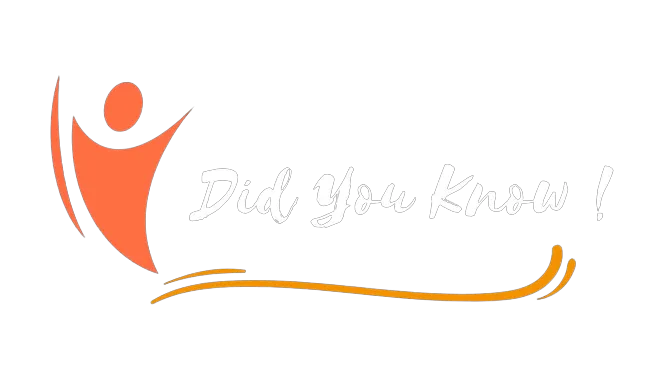India Inks Agreement with Papua New Guinea to Share India Stack
India's Ministry of Electronics and Information Technology (MeitY) and Papua New Guinea's Ministry of Information and Communication Technology (MICT) have recently signed a Memorandum of Understanding (MoU) to share 'India Stack,' a revolutionary digital infrastructure. This collaboration aims to support a wide range of identity, data, and payment services, enhancing digital identity systems and digital payment systems for seamless transactions. Let's explore what India Stack is, its key components, and the potential implications of this agreement.
 |
| India inks agreement with Papua New Guinea to share India Stack |
Introduction
India Stack, a set of Application Programming Interfaces (APIs), is a groundbreaking digital infrastructure that enables governments, businesses, startups, and developers to access a unique platform for presence-less, paperless, and cashless service delivery. Its versatility makes it applicable not only to India but also to other countries seeking to enhance their digital capabilities.
The India-Papua New Guinea Agreement
India and Papua New Guinea have inked an MoU to facilitate the sharing of India Stack. This move marks a significant step towards cooperation and technological advancement between the two nations. By sharing India Stack, both countries can leverage its potential to support various services related to identity, data, and payments.
Understanding India Stack
Overview of India Stack
India Stack is a comprehensive digital infrastructure comprising various components that enable seamless service delivery. It eliminates the need for physical presence, paperwork, and cash transactions, streamlining processes and promoting efficiency.
Key Components of India Stack
1. Aadhaar: The Aadhaar system is a unique biometric-based identification system used in India. It provides individuals with a 12-digit unique identity number, linked to their biometric data, making identity verification quick and reliable.
2. Unified Payments Interface (UPI): UPI enables instant digital payments, revolutionizing the way transactions take place. It allows users to send and receive money effortlessly using their smartphones.
3. Digital Locker: The Digital Locker is a secure digital storage system for personal documents. It provides individuals with a safe and convenient way to store and share essential documents digitally.
Applicability of India Stack Beyond India
India Stack's potential is not confined to India alone. Its versatility allows it to be applied to any country, whether developed or developing, seeking to enhance its digital infrastructure and service delivery systems.
Advantages of Sharing India Stack
Strengthening Digital Identity Systems
By adopting India Stack, Papua New Guinea can strengthen its digital identity system. The Aadhaar-based verification system ensures that individuals' identities are accurately and securely verified, reducing the risk of fraud and enhancing the credibility of transactions.
Promoting Cashless Transactions
India Stack's Unified Payments Interface (UPI) promotes cashless transactions, which can lead to a reduction in cash-related crimes and a boost in the formal economy. Papua New Guinea can leverage this component to encourage a shift towards a cashless society, benefiting businesses and individuals alike.
Supporting Paperless Service Delivery
The availability of the Digital Locker component within India Stack allows for the secure storage and sharing of personal documents. This paperless approach simplifies administrative processes, saving time, resources, and reducing the environmental impact.
Potential Challenges and Concerns
While the collaboration to share India Stack holds tremendous potential, there may be some challenges and concerns that both India and Papua New Guinea need to address. These may include data security, privacy concerns, and ensuring the seamless integration of the system with existing infrastructure.
Conclusion
The MoU signed between India and Papua New Guinea to share India Stack marks a momentous step towards technological advancement and cooperation between the two nations. By leveraging the capabilities of India Stack, Papua New Guinea can enhance its digital identity and payment systems, leading to a more efficient and secure environment for transactions.
FAQs
1. What is India Stack?
India Stack is a set of APIs that provide a digital infrastructure for presence-less, paperless, and cashless service delivery.
2. What are the key components of India Stack?
The key components of India Stack include Aadhaar, Unified Payments Interface (UPI), and Digital Locker.
3. Can India Stack be applied to other countries?
Yes, India Stack's approach is not limited to India and can be applied to any country, be it developed or developing.
4. How will Papua New Guinea benefit from sharing India Stack?
By sharing India Stack, Papua New Guinea can strengthen its digital identity and payment systems, promoting cashless transactions and paperless service delivery.
5. What are the potential challenges of adopting India Stack?
Potential challenges may include data security, privacy concerns, and seamless integration with existing infrastructure.


